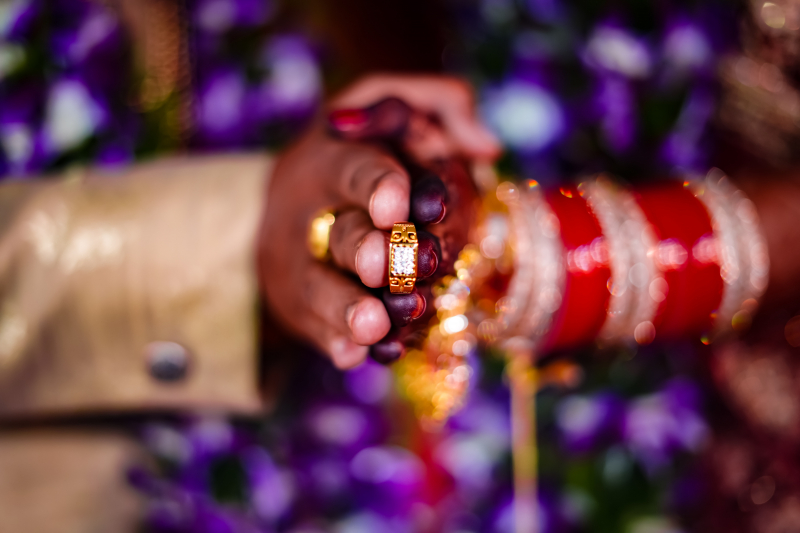In Saptapadi ritual, the bride's veil and the groom's sash are tied together
A significant rite in Hindu marriages is the Saptapadi. The bride's veil and the groom's sash are generally linked together when the newlyweds are dressed for the Saptapadi. According to Indian custom, they form seven rings around a sacred fire, with each circle denoting a different blessing they ask the gods for. The act of having their garments tied together signifies more than a mere physical gesture; it stands as a symbol of the promises that the couple makes to one another. Their clothing's fabric symbolizes their determination to face life's joys and difficulties together by reflecting the strong relationship they are building.
The sequential steps of the Saptapadi rite are similar to the stages of a person's life journey, and the tied fabric serves as a reminder that their paths have now also become entwined. The bride and groom make a commitment to support one another financially, communicate their joys and sorrows openly, have complete faith in one another, and build a loving and respectful family.
Additionally, the Saptapadi's garment tying ceremony has deeper spiritual meaning. It represents the entwining of their souls, the combining of two different people to become one powerful entity. They enter a domain where their journey as life partners becomes intricately linked with their shared beliefs, objectives, and spiritual development as they perform the rite, their clothing tied together.












